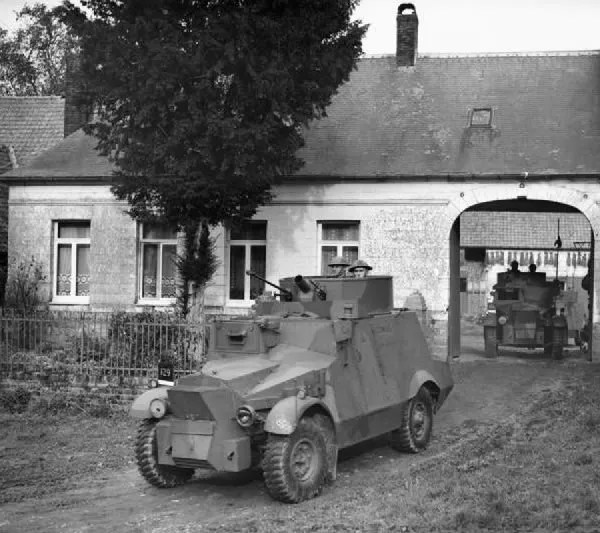The Eurofighter Typhoon is a European multinational twin-engine, canard delta wing, multirole fighter.
The aircraft’s development effectively began in 1983 with the Future European Fighter Aircraft programme, a multinational collaboration among the UK, Germany, France, Italy and Spain. France later pulled out.
A technology demonstration aircraft, the British Aerospace EAP, first flew on 6 August 1986.
A Eurofighter prototype made its maiden flight on 27 March 1994.
The aircraft’s name, Typhoon, was adopted in September 1998 and the first production contracts were also signed that year.
It was initially employed in an air-to-air fighter role as the Typhoon F2 and RAF deliveries began in 2003.
The upgraded Typhoon FGR4 is an extremely agile multi-role combat aircraft. Although the Typhoon’s primary role is for air defence, it has been deployed in a wide range of air operations, including air policing and peace support. It has also been used against Dash targets in Syria and Iraq.
This example on display at RAF London is the second prototype Typhoon and first flew in 1994.
The Typhoon will remain in service until 2040. I think this is quite incredible that the plane will fly for so long.








































